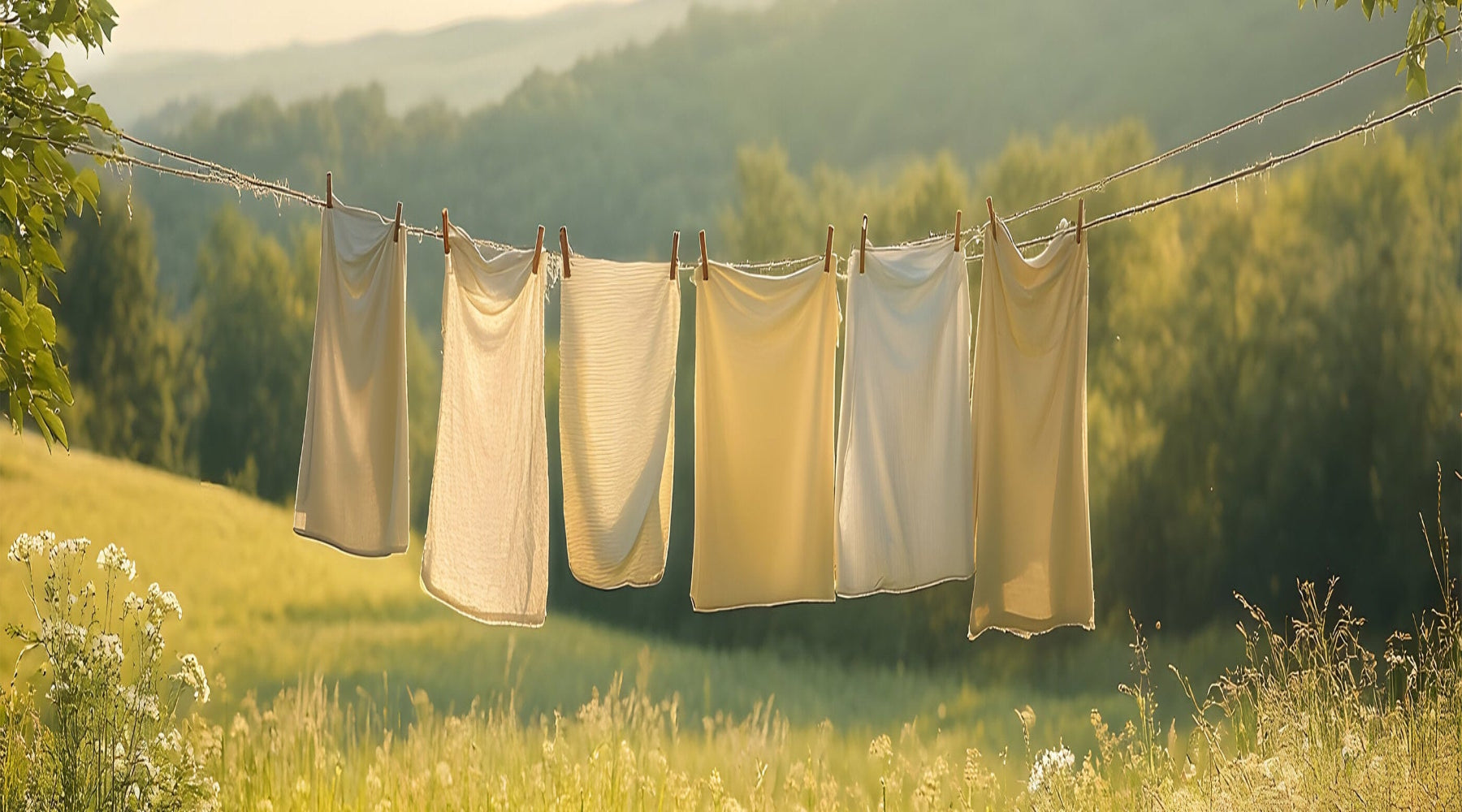Therapists, clinicians, and wellness professionals rely on clean linens and towels every day. With so much laundry in rotation, adopting environmentally conscious practices isn’t just good for the planet—it can also reduce operating costs and prolong the life of your textiles.
From reducing energy consumption to selecting better detergents, there are many practical ways to make your laundry routine more sustainable. Even small changes can have a lasting impact when implemented consistently.
Wash with Cold Water
Heating water accounts for approximately 90% of the energy used during a wash cycle. Modern laundry detergents are formulated to work effectively in cold water, making it the easiest place to start. Switching to cold helps conserve energy, lower utility bills, and extend the lifespan of fabrics.
Use Energy-Efficient Equipment
When upgrading machines, look for Energy Star® certified washers and dryers. These appliances are designed to meet or exceed efficiency standards set by Natural Resources Canada and the U.S. Environmental Protection Agency. Front-loading machines are typically more efficient than top-loaders, using less water and electricity per load.
Wash Full Loads—But Don’t Overfill
Running full loads helps minimize the number of cycles required, saving time, water, and electricity. Just be sure not to overload your machine, as this reduces wash quality and can strain the appliance over time.
Switch to Eco-Friendly Detergents
Many traditional detergents contain phosphates, synthetic fragrances, and other chemicals that are harmful to aquatic ecosystems. Choose detergents that are biodegradable, phosphate-free, and plant-based. These are safer for sensitive skin and the environment.
Eco-Max Laundry Detergent Strips offer a zero-waste alternative. These pre-measured, dissolvable sheets are compact, effective in cold water, and eliminate the need for plastic bottles. Their efficient packaging also lowers emissions during shipping and storage.
Green Cricket Citrus Grove Laundry Soap comes in a recyclable plastic jug but is twice as concentrated as standard laundry detergents. It’s made in Canada using 100% biodegradable ingredients. Green Cricket also offers a full line of natural soaps suitable for refill stations.
Avoid Fabric Softeners and Dryer Sheets
These products can contain petroleum-based ingredients and artificial scents. For a natural alternative, use wool dryer balls to reduce static and drying time. Add a few drops of essential oil to the balls if you prefer a light, natural fragrance.
Line-Dry or Air-Dry When Possible
Air-drying linens is an excellent way to save energy and reduce textile wear. Hang towels on a drying rack, clothesline, or indoor rail. If using a dryer, clean the lint trap with every load and use a lower heat setting to improve energy efficiency.
Use the Right Amount of Detergent
Excess detergent doesn’t lead to cleaner results—it often causes soap residue on fabrics and inside the machine. Follow dosage instructions and use only what’s necessary to keep linens clean and fresh.
Consider Water Usage
In areas with water restrictions or summer droughts, water efficiency is especially important. Combine partial loads, select shorter wash cycles, and use water-saving features on modern machines. Many washers now offer eco settings that use less water while maintaining cleaning power.
Small Steps Make a Big Impact
Making your laundry routine more sustainable doesn’t require a major overhaul. Start by making a few mindful changes—such as using cold water, switching to greener products, and air-drying when possible. These simple actions can reduce your clinic’s environmental footprint while keeping linens clean, fresh, and professional.
